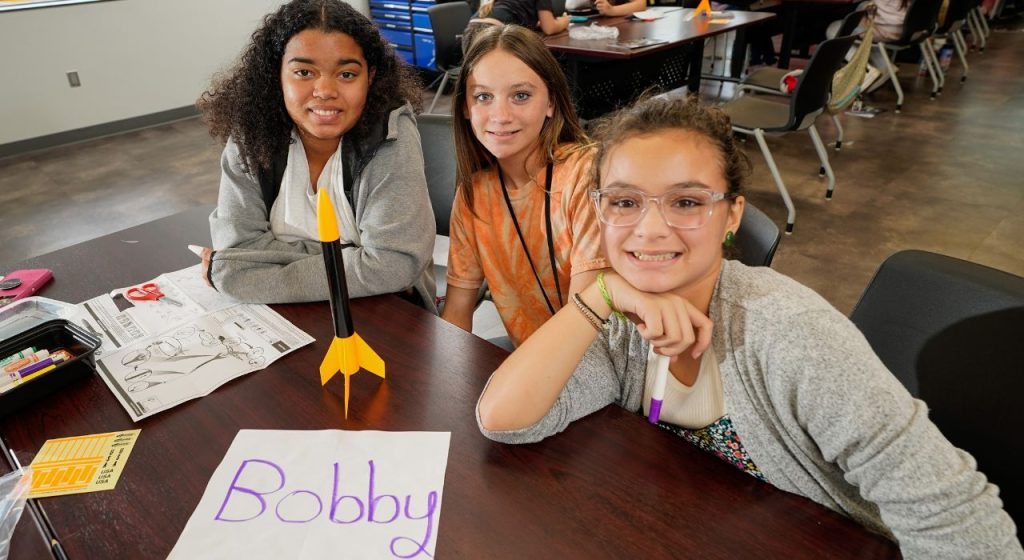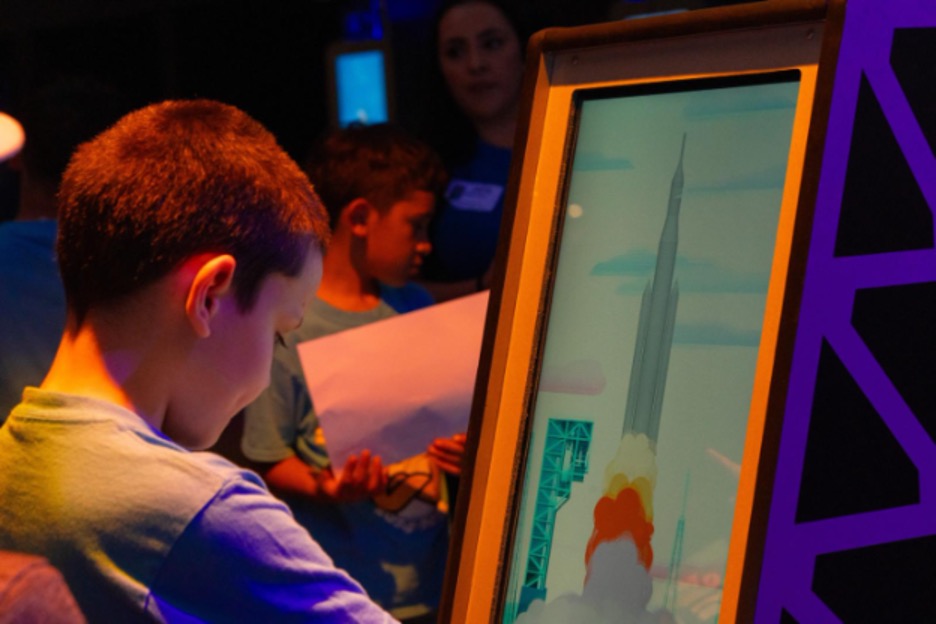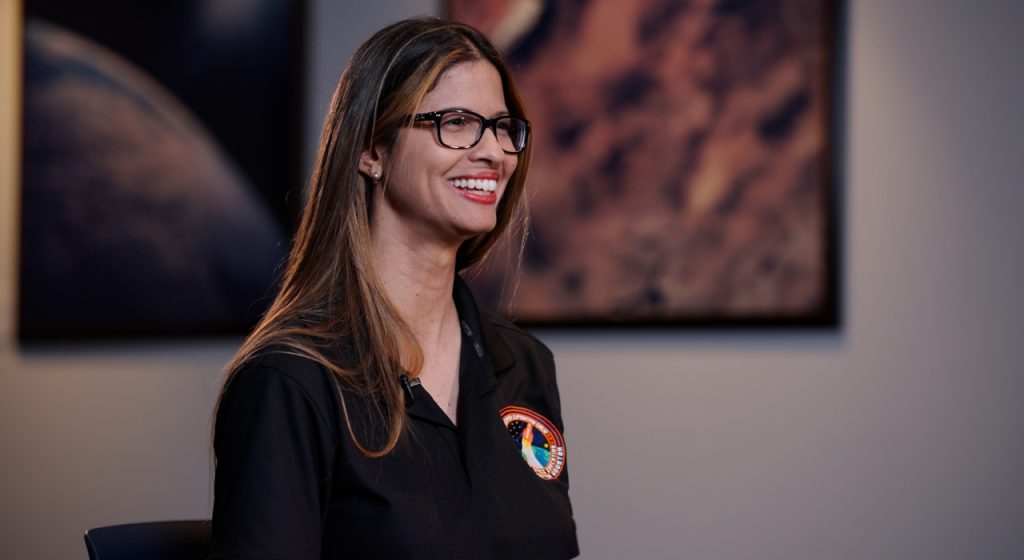[sp name=’AuroraAust’]
On April 22, 1970, the world marked the first Earth Day. To celebrate, we’re sharing amazing images of Earth from space! Solve Space by unscrambling this view of the aurora australis (southern lights) four days after a record-setting solar flare sent plasma—an ionized gas of protons and electrons—flying towards the Earth. Then learn all about how you can celebrate Earth Day at Space Center Houston!
Learn More About It
- NASA launched the Imager for Magnetopause-to-Aurora Global Exploration (IMAGE) satellite in 2000. NASA’s IMAGE Spacecraft took this image on September 11, 2005.
- Until IMAGE, scientists knew that the aurora were caused by charged particles from the Sun and their interaction with the Earth’s magnetic field, but they had no way to measure the interaction.
- From 2000-2005 IMAGE provided insight into how the Earth’s powerful magnetic field protects the planet from solar winds..
- Earth’s tear-shaped magnetic field — called the magnetosphere — continuously oscillates and responds to the changing intensity of the solar wind.
- When the Sun’s solar wind reaches Earth’s magnetic field, it can cause magnetic reconnection, an explosive process that allows charged particles from space to accelerate into the atmosphere.
- That reconnection can cause particles to collide with atoms and molecules in Earth’s upper atmosphere, an interaction that provides the atoms with extra energy which is released as a burst of light.
- The glowing aurora is a billion individual collisions, lighting up the magnetic field lines of Earth.
- The ring of light that the solar storm generated over Antarctica glows green in the ultraviolet part of the spectrum, shown in this image.
- In this image, the IMAGE observations of the aurora are overlaid onto NASA’s satellite-based Blue Marble image.
- From the Earth’s surface, the ring would appear as a curtain of light shimmering across the night sky.
- Observing auroras — and discovering what causes them to change over time — gives scientists insight on how our planet’s magnetosphere reacts to the space weather near Earth. Learn more from NASA!
Experience More
Join us at our Planet Earth Celebration April 22-25, where you can:
- Experience NASA’s sustainability efforts — from flora to fauna and even rockets! — on the Wildlife Refuge Tram Tour. Learn more about sustainable and reusable rockets at our Pop-up Science Talks, then put it into action at our Pop-up Science Labs!
- Visit Community Educational Booths and learn about our wetlands and coastline, as well as recycling. Discover live information about our atmosphere at the daily Atmospheric Balloon Launch.
- Take a fun break and play games such as Cornhole, Jenga, Connect 4, or watch a special film.
- Best of all, learn about our recycling and energy-saving initiatives, plus what today’s inventors are creating for tomorrow at the Innovation Gateway Challenge!







